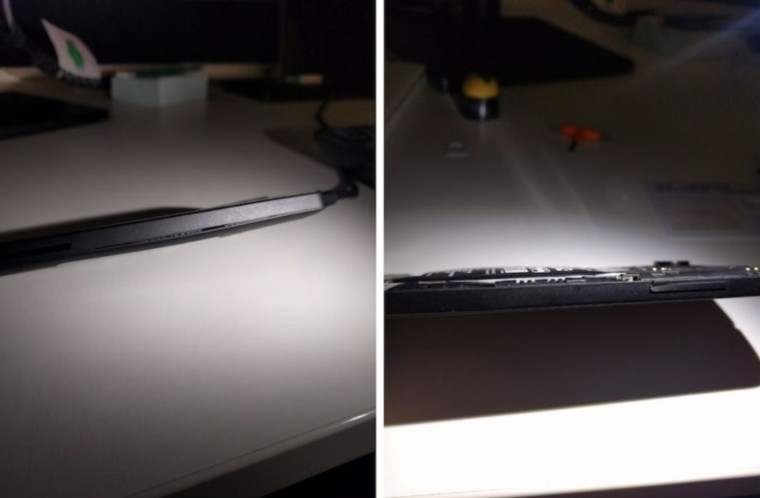
It has been eight years since the release of Bitcoin but this year, the cryptocurrency has attracted quite a bit of attention due to its rapid growth in value that equates to around a 2,000 percent increase from the same time last year. Along with the increase in value for Bitcoin, other cryptocurrencies have also seen their values spike. So it comes as no surprise that folks are trying to mine digital currency in all manners possible, even if that means utilizing resources that aren't theirs.
In the past, we have reported on sites like The Pirate Bay, who used a mining script that was embedded in the website's HTML, in order to hijack visitors PCs and silently mine cryptocurrencies. It looks like something similar is occurring with a newly discovered piece of malware for Android. Not only does this malware mine for cryptocurrency, specifically Monero, but it can also display an unrelenting amount of ads, partake in distributed denial-of-service (DDoS) attacks, manipulate text messages without permission, and also subscribe to paid services.
Kaspersky Lab has released a comprehensive report on Trojan.AndroidOS.Loapi that can be found hidden in a variety of different third-party apps, ads served via a browser, and spam messages received through SMS. According to the security firm, this malware is something that it has never seen before, due to its overall capabilities, being a jack of all trades. The fact that this malware specifically mines Monero is of particular interest as it is somewhat less demanding in terms of required processing power to turn a profit compared to other cryptocurrencies.
In its test, the firm found that after just two days, the constant load from mining caused its test phone's battery to bulge, which also deformed the phone's outer shell. This last detail is quite alarming, as it has the potential to cause serious physical harm to affected handset owners. While it's tough to sometimes distinguish an app that is malicious, it is always a good idea to be suspicious when downloading funky apps, as it could contain something sinister.
Source: Securelist via Ars Technica
















4 Comments - Add comment